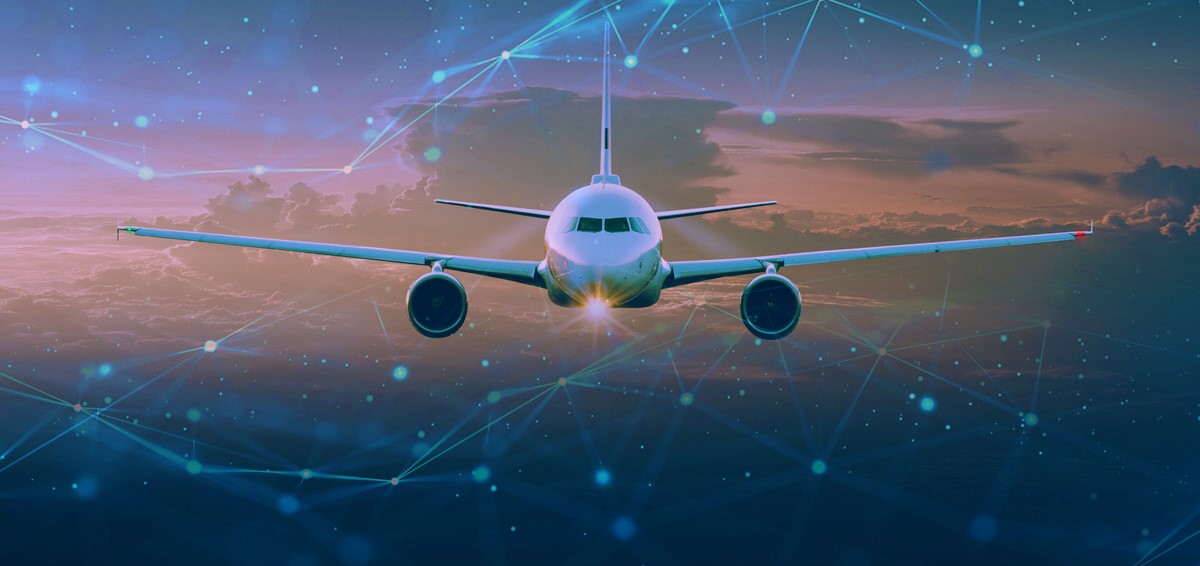


After 2010, The FAA downgraded Mexico – from a level Category 1, which signifies compliance with international standards, to Category 2, the lowest level on Tuesday.
As per the officials, FAA review that began in October and went through February found about two dozen nonc-ompliance and Mexico had only resolved four.
Mexico’s government said on Tuesday it is determined to recover a Category 1 air safety rating quickly, saying in a statement it “estimates that the timely review of the evidence reported in the audit on the part of the FAA will allow a rapid return” to the top rating.
A similar FAA downgrade of Mexico in 2010 over suspected shortcomings within its civil aviation authority lasted about four months.
Only a few countries are currently rated Category 2 by the FAA, that includes Bangladesh, Pakistan, Thailand and Malaysia.
So what is the international standard ? What are the critical elements considered for the safety rating of a country ?
Under the International Aviation Safety Assessment (IASA) program, the FAA determines whether another country’s oversight of its air carriers that operate, or seek to operate, into the U.S., or codeshare with a U.S. air carrier, complies with safety standards established by the International Civil Aviation Organization (ICAO).
The IASA program is administered by the FAA Associate Administrator for Aviation Safety (AVS), Flight Standards Service (AFS), International Programs and Policy Division (AFS-50).
The IASA program focuses on a country's ability, not the ability of individual air carriers, to adhere to international aviation safety standards and recommended practices contained in ICAO Document 7300.
IASA assessments determine compliance with these international standards by focusing on each critical element (CE) of an effective aviation safety oversight authority specified in ICAO Document 9734, Safety Oversight Manual.
• (CE-1) Primary aviation legislation;
• (CE-2) Specific operating regulations;
• (CE-3) State civil aviation system and safety oversight functions;
• (CE-4) Technical personnel qualification and training;
• (CE-5) Technical guidance, tools and the provision of safety critical information;
• (CE-6) Licensing, certification, authorization, and approval obligations;
• (CE-7) Surveillance obligations; and
• (CE-8) Resolution of safety concerns.
An IASA does not evaluate the safety compliance of any particular air carrier, nor does it address aviation security, airports, or air traffic management.
Source : FAA.
